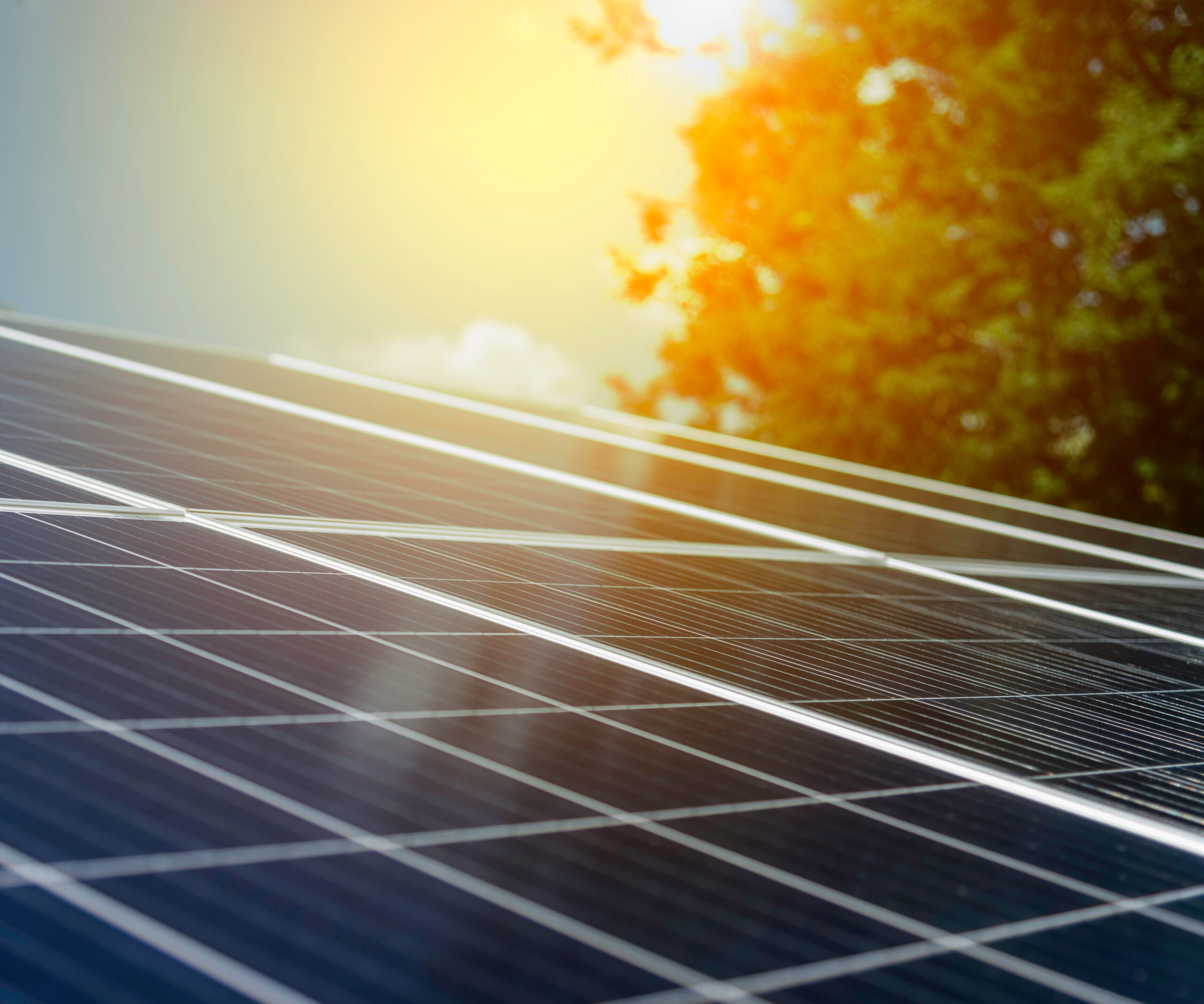


Solar farms play a role in solving two of our greatest challenges, climate change and biodiversity loss. But what about a third challenge: food security? Could some actions address multiple challenges simultaneously?
Solar farms support the UK’s food supply by helping to address climate change (the biggest threat to food security), providing cheap electricity (keeping farmers in business) and preserving agricultural land. But there could be another way that solar farms can contribute to food security by boosting biodiversity. A growing body of evidence suggests that well-designed and appropriately managed solar farms can enhance biodiversity. For example, solar farms surveyed by ecologists demonstrate an increase in the abundance of wildlife compared to their previous land use. One such group was invertebrates, including bees and butterflies, which can act as pollinators. Research suggests solar farms could support pollinators by providing them with critical food and nesting resources, increasing habitat connectivity on a landscape scale and providing refuge from climate warming if managed considerately. Pollinator habitats, such as wildflower meadows, can be established within solar farms and could increase the abundance of key pollinator groups, such as bumblebees by up to four times.
Pollinators provide us with a range of key services, including maintaining biodiversity and ecosystem stability, contributing to farmer and beekeeper livelihoods, and increasing food security through the pollination of crops. The benefit of insect pollination varies between crop types but can increase fruit and seed production, improve quality, and taste and speed up ripening. Insects contribute to the pollination of 84% of crop species in Europe, and the UK; oilseed, strawberries, apples, beans, and tomatoes are among those that benefit. Pollinator-dependent crops are becoming increasingly important in agriculture, and this trend is set to continue due to changing diets and growing human populations. However, concerns have been raised around pollination shortages and the stability of pollination services given declines in the diversity and distribution of some pollinator groups.
By enhancing pollinator biodiversity, solar farms can contribute to food security. Often located on agricultural land, solar farms are perfectly positioned to act as hotspots for insect pollinators and the pollination services they provide to nearby crops. Co-locating solar and pollinator-dependent crops will have the largest impacts and could yield significant economic benefits. For example, research suggests that deploying honeybee hives on every solar farm in England could have resulted in pollination service benefits worth £5.9 million in 2017. If the spatial distribution of pollinator-dependent crops were optimised to be located closer to solar farms, values could theoretically have reached £80 million. The impact of managing solar farms for wild pollinators has not yet been assessed, but given that wild pollinator communities are more important for crop pollination than domestic honeybees, the benefits could still be greater. Appropriate solar farm management could therefore unlock the potential for a win-win-win scenario for climate change mitigation, biodiversity conservation and food security.
To learn more about managing solar farms for biodiversity, including insect pollinators, read Solar Energy UK’s report, The Natural Capital Value of Solar. This report presents a range of examples of management actions and offers guidance on best practices.
For more information about solar farms and food security, read Solar Energy UK’s briefing, Solar farms and food security: The Facts.

Author: Hollie Blaydes – hblaydes@solarenergyuk.org | Connect with Hollie on LinkedIn